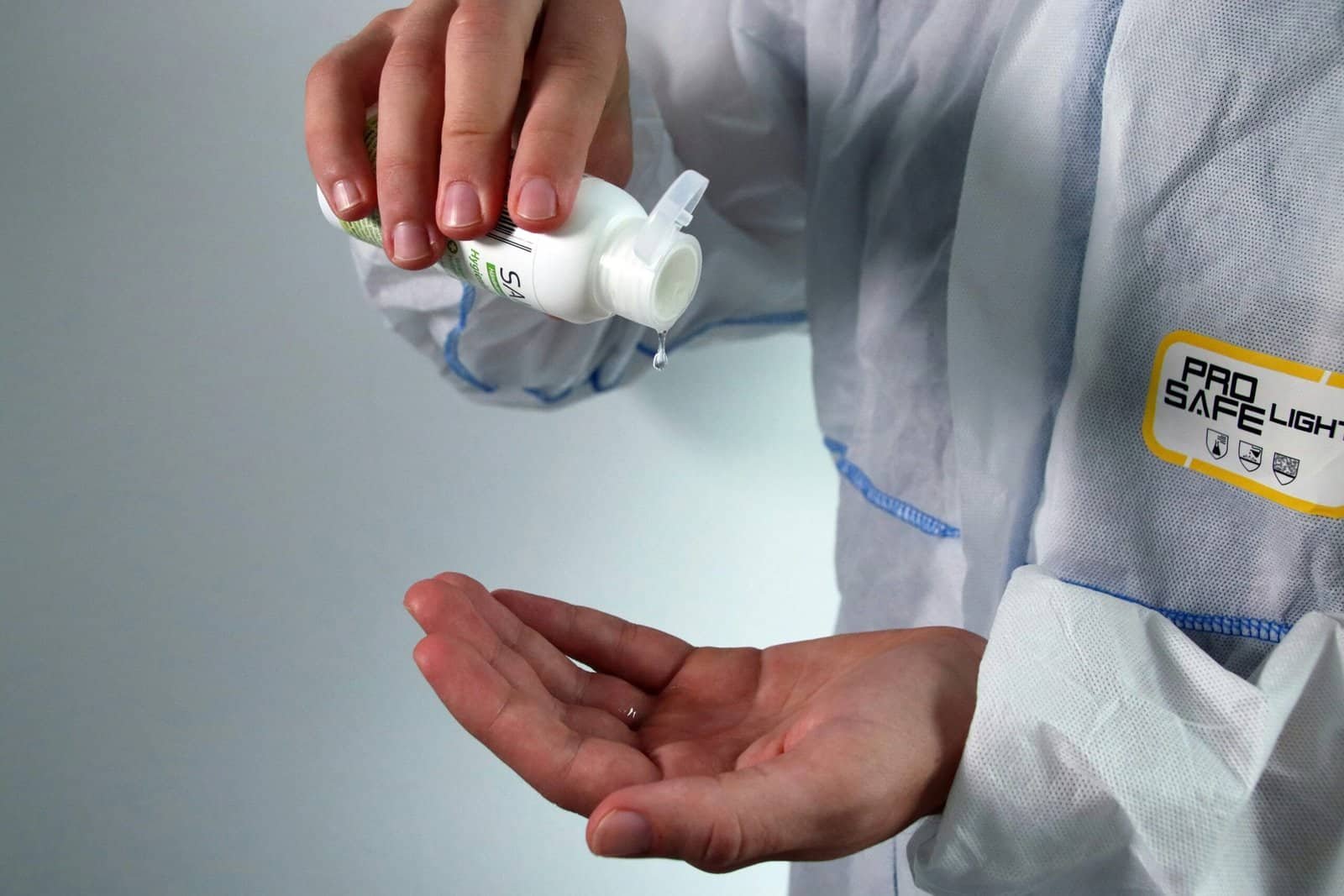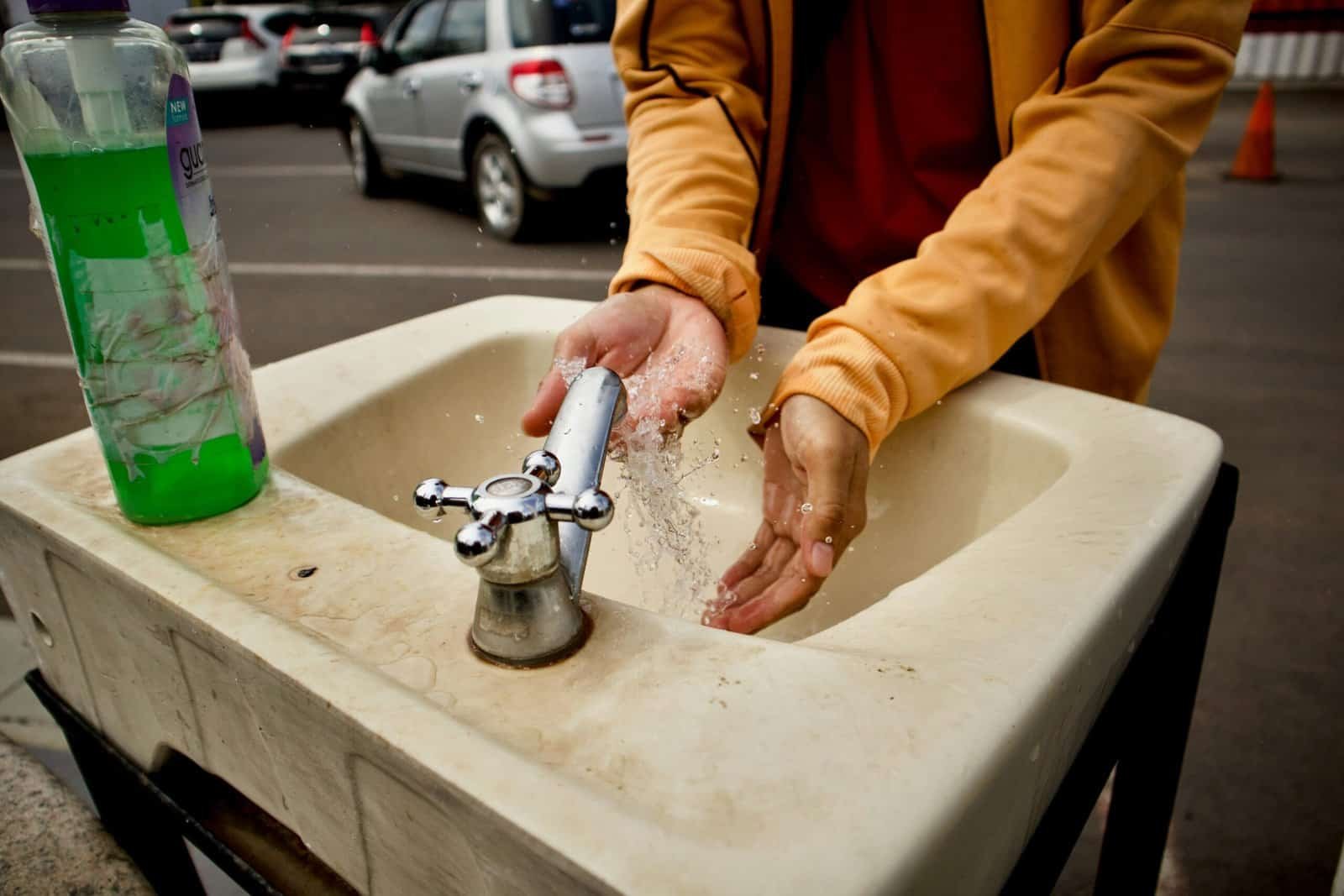Have you ever stopped to think about what a sanitary seal is and why it’s crucial in various settings? Understanding this concept can be pretty eye-opening, as it plays a vital role in ensuring safety and hygiene across multiple industries.

Understanding What a Sanitary Seal Is
A sanitary seal, in its simplest form, is a device or mechanism designed to prevent contamination and leaks between surfaces. Typically found in environments that require strict hygiene, such as food and beverage production, pharmaceuticals, and healthcare facilities, these seals act as barriers to ensure that no harmful substances can penetrate or escape the sealed area. They can be crafted from a variety of materials including rubber, silicone, and other compatible, inert substances that are resistant to degradation from exposure to chemicals or extreme temperatures.
How Sanitary Seals Operate
Sanitary seals work by creating a tight seal between two surfaces, preventing the ingress of contaminants such as dust, microbes, and unwanted fluids. When installed properly, these seals ensure a sterile environment by maintaining an airtight barrier, which is critically important in processes where even minimal contamination can pose significant risks to health and safety.
Different Types of Sanitary Seals
There are several types of sanitary seals, each serving specific functions depending on the requirements of the industry. Broadly, they can be categorized into gaskets, O-rings, and mechanical seals. Here’s a brief overview:
| Type | Description | Common Applications |
|---|---|---|
| Gaskets | Flat seals used to create a static seal between two stationary surfaces. | Pipes and flanges in the food and beverage industry |
| O-rings | Circular seals that fit into a groove to form a seal between two parts. | Valves, pumps, and connectors |
| Mechanical | Dynamic seals designed to prevent fluid leakage along rotating or reciprocating shafts. | Mixers, agitators in pharmaceutical and chemical sectors |
Why Sanitary Seals Are Important
You might wonder why such a seemingly small component holds so much importance. The significance of a sanitary seal is largely due to its role in maintaining stringent health standards and operational efficiency in industries where contamination is not an option.
Ensuring Hygiene and Safety
The primary purpose of sanitary seals is to maintain a clean and uncontaminated environment. In food processing, even a minor contamination can lead to a significant health crisis, resulting in product recalls and severe financial losses. Sanitary seals act as the first line of defense against such hazards, ensuring that products are safe for consumption and meet all required health standards.
Preventing Leaks and Spills
Leaks and spills can be more than just a hassle—they can cause significant damage, halt operations, and pose safety risks to staff. Sanitary seals help maintain integrity in pipe systems and machinery, preventing unwanted leaks and conserving valuable resources. By ensuring that fluids remain contained, intricate processes can continue without unexpected interruptions.
Enhancing Equipment Longevity
Frequent leaks and contamination can accelerate wear and tear on equipment, leading to costly repairs or replacements. Sanitary seals protect machinery by reducing exposure to harmful substances and preventing abrasions, thereby extending the life of the equipment and reducing maintenance costs over time.
Common Industries That Rely on Sanitary Seals
Sanitary seals are a staple in several industries. Let’s look into where they play an indispensable role:
Food and Beverage Industry
In food and beverage production, hygiene is paramount. Sanitary seals help prevent foodborne pathogens from entering the production cycle, thereby ensuring consumer safety. They are crucial in sealing connections in pipelines that transport liquids and solids in processing plants.
Pharmaceutical Industry
The pharmaceutical industry demands a sterile environment for drug production. Any contamination can compromise the integrity and safety of medications. Sanitary seals are used extensively in bioreactors, centrifuges, and mixers to ensure that pharmaceutical processes remain contamination-free.
Healthcare Facilities
In hospitals and laboratories, maintaining a sterile environment can mean the difference between successful outcomes and infections. Sanitary seals are used in ventilation systems, autoclaves, and other medical equipment to prevent microbial infiltration.
Chemical Processing Industries
Handling chemicals entails strict safety standards to protect workers and the environment. Sanitary seals ensure that there are no unwanted leaks in chemical processing and storage systems, thereby maintaining operational safety and integrity.
Selecting the Right Sanitary Seal
Choosing the correct sanitary seal can be a daunting task due to the variety of options available and the specificity of applications. However, by considering key factors, the selection process can be simplified.
Consideration of Materials
The material of a sanitary seal is crucial to its performance. Different materials offer varying levels of tolerance to chemicals, temperature ranges, and pressure. Common materials for sanitary seals include:
- Rubber: Known for its flexibility and resilience, making it ideal for dynamic seals.
- Silicone: Provides excellent temperature resistance and is often used in food and pharmaceutical applications.
- PTFE (Teflon): Offers outstanding chemical resistance, suitable for aggressive chemical environments.
Compatibility with Operating Environment
A perfect seal should be compatible with the substances it will be exposed to and should tolerate the operational temperatures and pressures of the application. It is essential to factor in these conditions to ensure the seal’s durability and effectiveness.
Ease of Installation and Maintenance
The complexity of a sanitary seal’s installation can affect downtime and maintenance schedules. Opt for seals that offer ease in installation and require minimal maintenance to maximize operational efficiency.
Certification and Regulatory Compliance
Ensuring that sanitary seals meet regulatory standards such as FDA or NSF certifications is vital, especially in industries like food and pharmaceuticals where compliance is non-negotiable.

Challenges in Sanitary Seal Applications
Despite their simplicity, sanitary seals can present challenges in application and maintenance. Understanding these challenges can aid in better decision-making and management.
Wear and Tear
Continuous exposure to harsh conditions can lead to the degradation of seals. Regular inspections are necessary to identify wear and replace seals before failure occurs. Implementing a maintenance schedule can help mitigate unexpected downtimes.
Risk of Contamination
If seals are not adequately cleaned or replaced timely, they can become sources of contamination themselves. Ensuring regular cleaning and adopting materials that resist microbial growth can help maintain hygiene.
Installation Errors
Improper installation can lead to the failure of seals, resulting in leaks or contamination. Providing adequate training to personnel handling sanitations seals can prevent such errors.
Future Trends in Sanitary Seal Technology
With technological advancements, the future for sanitary seals looks promising, focusing on improving efficiency and sustainability.
Smart Seals
The development of smart seals embedded with sensors to monitor performance and alert users to potential failures is an exciting advancement. These seals can predict maintenance needs, enhancing operational reliability and reducing unexpected downtimes.
Sustainable Materials
There is a growing trend towards using sustainable materials that have a lower environmental impact. Research is ongoing to develop biodegradable seals that maintain performance standards while being eco-friendly.
Enhanced Durability
Innovation in materials science is leading to seals that offer better resistance to wear and degradation, ensuring longer service life and reducing the frequency of replacements.

Conclusion
So, do you now understand the significance of a sanitary seal and why it should not be overlooked? This small yet vital component plays a fundamental role in ensuring the safety, hygiene, and efficiency of processes across various industries. From food safety to pharmaceutical integrity, sanitary seals are the heroes working behind the scenes.
Whether you’re involved in an industry that heavily relies on these seals or just curious to know how they’re keeping environments safe, appreciating their importance can offer insights into better practices and the potential for innovation. Take the time to understand your needs, select the right seals, and consider future technological advancements to keep your operations at the forefront of safety and efficiency.

